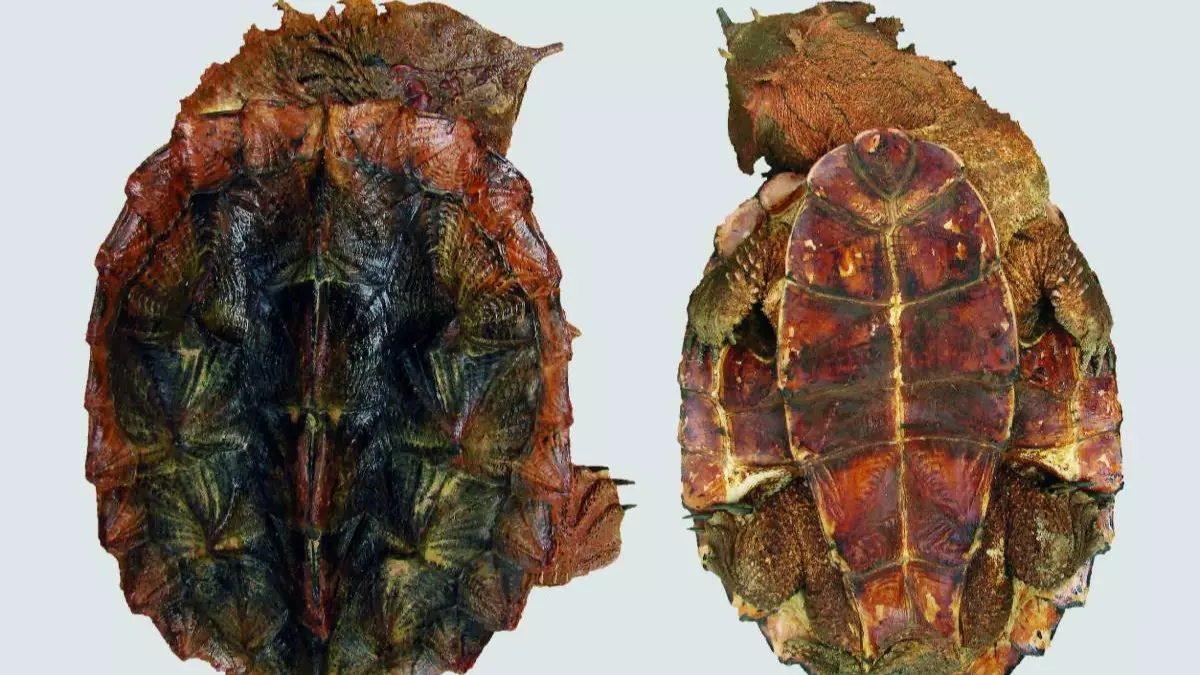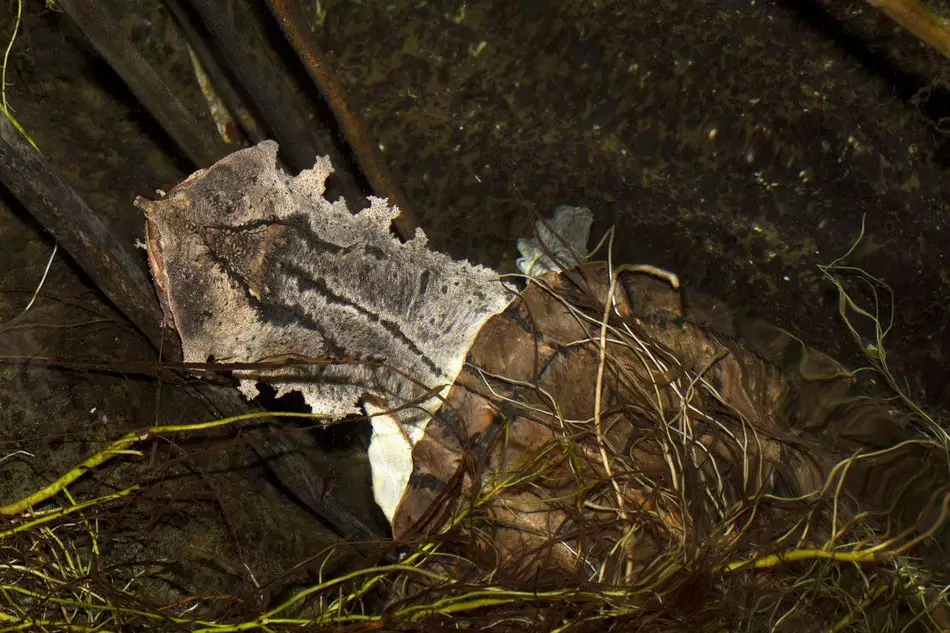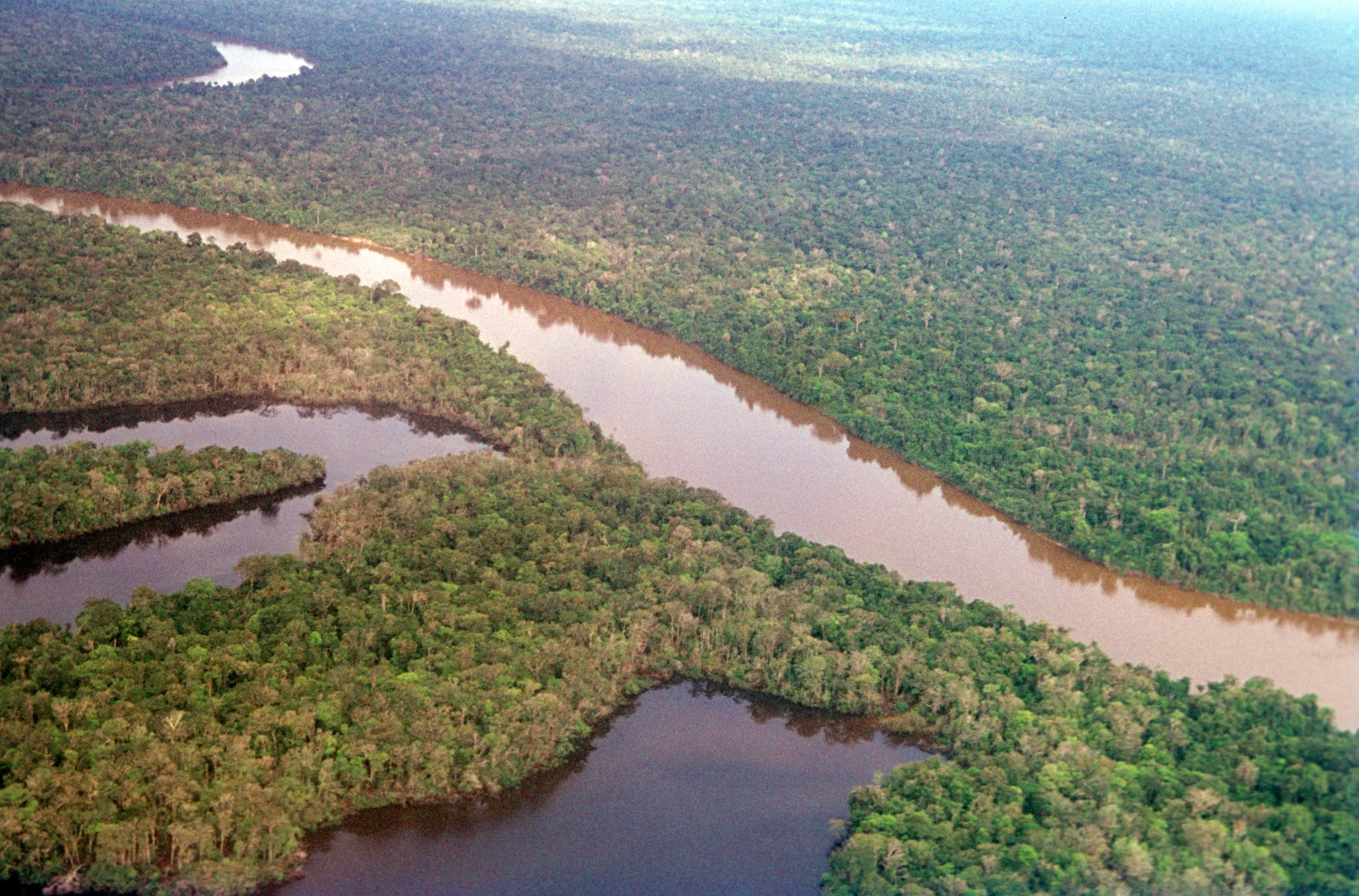
Here's a bit of good news to keep you going, a new species of turtle has been and they look like muddy little rocks.
Scientists discovered the fringed turtle, known as a matamata, and noted that their very distinct appearance serves an important purpose.
Growing to up to 53cm tall, they look like stones covered in algae. But researchers realised that if they are approcahed by prey, the rocky looking creatures suddenly open their large mouths and swallow their prey whole.
Advert
Professor Dr. Uwe Fritz, from the Senckenberg Natural History Collections in Dresden, said: "Although these turtles are widely known for their bizarre appearance and unusual eating behavior, surprisingly little is known about their variability and genetics.

"Until now, it was assumed that there was only one type of armored vehicle that was widespread in South America."
And although this particular one has been found, matamatas come in many different forms.
Advert
Prof Fritz continued: "Various studies have indicated that the matamatas can differ greatly in appearance. We took this as an opportunity and genetically examined the fringed turtles."
DNA samples collected from 75 animals showed that two different species of the fringed turtle exist, one in the Orinoco and Rio Negro basins, this new species, whose posh Latin name is 'Chelus fimbriata' (we can call them muddy rock turtles if you want to though) only lives in the Amazon basin.
The two species were separated a while back, approximately 13 million years, in fact, and since then developed genetically separately.

The first author of the study says that the discovery of the new species means that the fringed turtle should probably be classed as endangered.
Advert
Professor Mario Vargas-Ramírez, who previously also worked at Senckenberg in Dresden and is now at the Colombian National University in Bogotá, led the study.
She said: "So far, the species has not been considered threatened due to its distribution. Our results show that the stocks are smaller than previously assumed due to the splitting into two types.
"In addition, thousands of these quirky-looking turtles are seized every year by the authorities who illegally entered the animal trade. We have to protect these fascinating animals before it is too late."
Topics: Animals